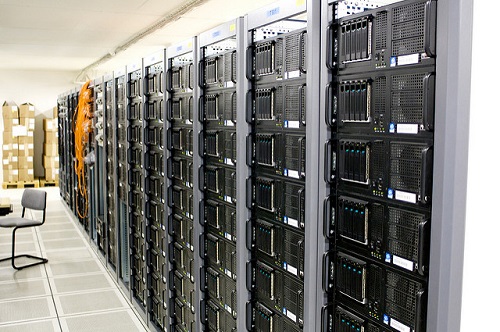Evolved in 1971, the File Transfer Protocol (FTP) emerged as the standard network protocol which is used for the transfer of files between server and clients on a network. FTP is put up on a server-client model and uses separate control and data connections.
For transfer purpose, FTP users may validate themselves by a sign-in protocol, generally with the help of credentials using a username and a password. There are times when the server is configured to allow users to connect anonymously. FTP being a secure transmission protocol encrypts the content and also protects the username and password. FTP is found to be secure as it is layered by a security protocol named SSL/TLS (FTPS).
FTP is known for consuming fewer resources than the typical HTTP protocol while downloading and uploading. There is one need to prefix the directory which would be used for storing downloaded files while setting up an FTP download. Any directory can be selected for FTP downloads, either it may be out of your account’s web root or can even be directly accessed through the Internet. Once the directory is finalized for staring downloads you can move ahead for setting FTP account.
FTP users have ‘read-write’ access for the specifically selected directory, they can also overwrite the directory which already exists. One of the great utility of FTP is it can resume the previously lost connection and start the uploading or downloading from where it broke previously. A user can set a specific order of data which is to be uploaded and downloaded in a particular order. FTP users also have scripting abilities when used through the command line. One can restrict the number of users by creating limited FTP logins for them.
These were a few good things about FTP but on the other side, there are also few limitations it has with it. If a user uses FTP being anonymous then possibly the access of that particular directory can be granted to any person from that particular
web hosting account. Important and confidential factors like usernames, passwords and files are transferred in text format. Filtration of an active FTP connection is a critical task, especially on a local machine.
Let’s look at an application of FTP first. A lot of us use FTP but we aren’t aware ‘where’ we use it. Do you know that when you open Gmail and download an attachment, you are actually using two protocols, first one is the Simple Mail Transfer Protocol (SMTP) for emails and another one is FTP for downloading files?
Now, let’s have a deep insight into the advantages and disadvantages of FTP.
Advantages -
◉ One of the biggest advantages of using an FTP is the ability to not only transfer more than one files but you can also transfer multiple directories at one time. FTP also permits multitasking — you can upload whatever task you have completed and at the same time download the files which you are planning to start working on.
◉ Another advantage is the ability to continue transferring files even if the connection is lost. In case you accidentally lose your connection or have to reboot your system, you don’t have to worry about starting right from the beginning. You can pick up right from where you left off.
◉ There is a lot of FTP client software that enables you to schedule a file/directory transfer allowing file sharing in your own way rather than forcing you to alter your work patterns.
◉ Automatic backup is the most important feature of FTP which works well for businesses such as medical practices which cannot afford to lose patients’ data under any case.
◉ If file sharing is a compulsion in your business then the speed at which files are transferred becomes currency in terms of a business and that is the biggest advantage of FTP. With the ability to multi-task and the lightning-fast transfer, the speed at which the file is transferred is no longer something you have to worry about.
Disadvantages -
◉ A coin has two sides and same is the case of FTP as well. It is a standard requirement of the industry that all FTP transmissions should be encrypted. Unfortunately, not all FTP providers are equal and not all providers offer encryption as a technology which is supported by FTP. So, in such cases, you will have to look out for providers that offer encryption to get the level of protection each type of data would need.
◉ FTP is much hyped for being the best option for businesses as it basically serves two operations viz., to send and receive large files on a network. However, the service has a size limit of 2 GB of files you can send. Also, the protocol wouldn’t allow you to run simultaneous transfers to multiple receivers.
◉ If a hacker tries a brute force attack by trying a possible set of password combinations repeatedly, he can easily gain access to your FTP if your password is weak. So it is quite possible for attackers to carry out a brute force attack by trying to guess your FTP password.
◉ FTP doesn’t support an important operation like scheduling transfer across multiple FTP servers. As mentioned earlier, you are unable to run simultaneous transfers using FTP.
◉ The FTP uses its own security vendor which lacks complete security and it could lead your business to pay the non-compliance penalties. If your company follows compliances like PCI-DSS, HIPAA, ITAR, etc. then you will have to seek an FTP provider which can support your compliances.















